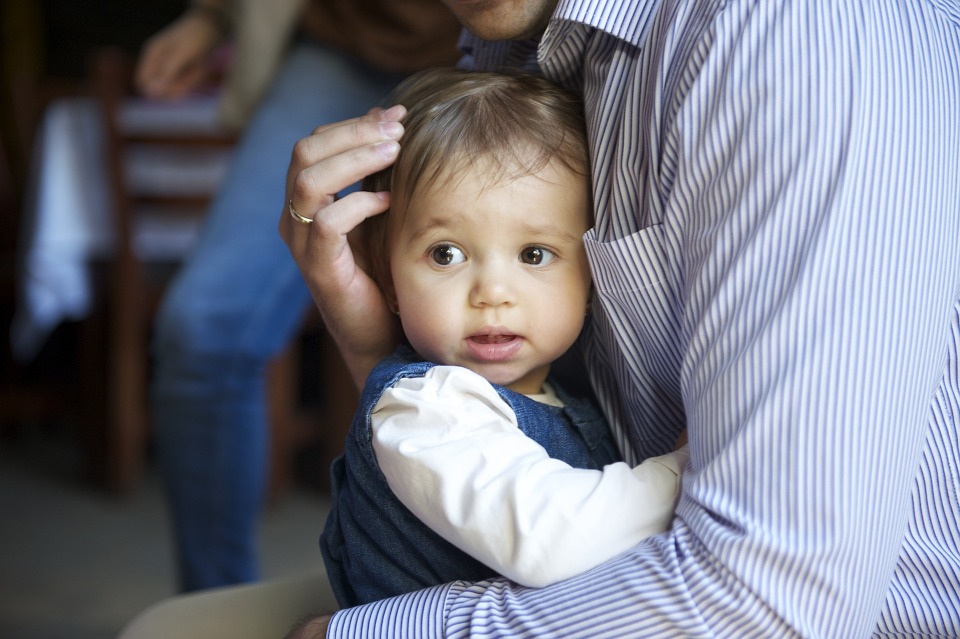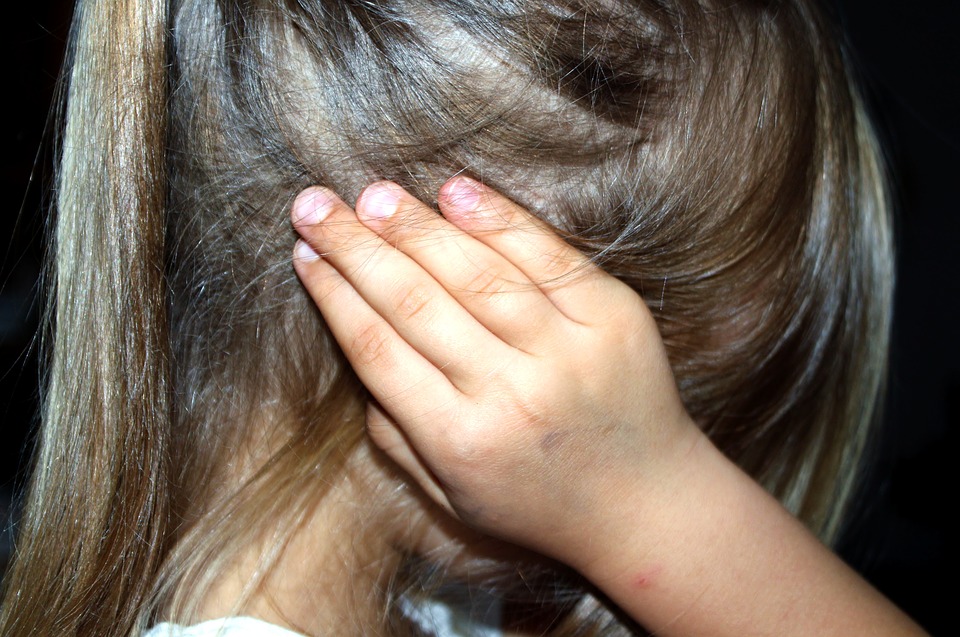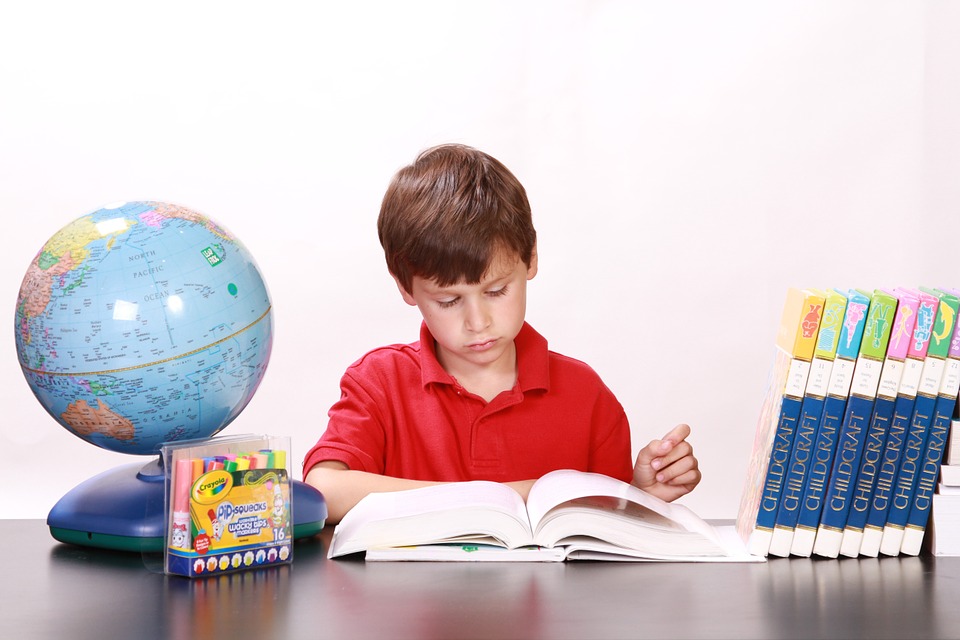What worry is normal?
Separation
From the age of 8 months to 2 years, children can become worried if they have to visit new places or meet new people. Parents or carers are safe and familiar people to the child, so when they are separated they can feel threatened, which can lead to the child being clingy. This is a normal stage in a child's development and should ease off around the age of 2 or 3.


Fears
Children may develop fears before they start nursery and beyond. Every child is different and therefore fears in children can vary a great deal. Some of the most common phobias include:
- Animals such as spiders or snakes
- The dark
- Heights
- Loud Noises
- Monsters and ghosts at bed time
Change
Children will face worries if there is a big change in their lives which could include moving house or starting a new school. Preparing your child for events like this and explaining why it is happening can often help. Other times a child may feel anxiety is if they have a test coming up, which in moderation is a good thing, as it can motivate and help them study more.

Manage every day worries with ChillPanda
ChillPanda has been developed with a child psychologist experienced in helping families and children manage worries. This app has not been designed to use instead of seeking professional help.
When does worry become a problem?
Anxiety is a problem when it gets in the way of day to day activities. Paul Stallard, Professor of Child and Family Mental Health says ``We all get anxious at times, but some children seem to live a life of anxiety and it's not just an occasional thing`` As discussed before if a child has a test coming up its normal for them to feel some anxiety but for some children their anxiety will be so bad that they won’t want to go to school that morning. Other simple daily activities that shouldn't be a problem can become a struggle when dealing with child anxiety.

How to spot anxiety in children?
Sometimes it isn’t always obvious to spot anxiety in a young children as they can not always understand or express what they are feeling. You might notice the child is exhibiting some of the following problems:
- Starts avoiding activities, such as school or seeing friends
- Often thinks bad things are going to happen
- Has difficulty sleeping most of the time
- Prone to outbursts of anger or sadness
- Had frequent bad dreams or wets the bed
What can be done to help?
Here we have compiled some useful tips for parents and carers to use if there child is feeling anxious. Use these additional tools alongside ChillPanda but remember to seek professional help if you are concerned your child has anxiety or depression
Talk
One of the most important things is communication and it is very important to talk about your child's worries with them. Allow your child to describe what is wrong and also what they are feeling in their body. If you child is old enough you can explain some of the physical affects of anxiety. ChillPanda can help children understand some of these aspects such as fast heart rate and their moods.


Don’t always reassure your child
Always saying ‘ There's nothing to worry about’ can often fall on deaf ears with a child. This is because when your child is stressed their more logical part of the brain gets put on hold while the more automated emotional brain takes over. To rationalise the worry you should try a method called FEEL;
- Freeze — stop and take some deep breaths in with your child. (Try square breathing on the ChillPanda app)
- Empathize — anxiety can be scary. Its important your child knows you understand.
- Evaluate — Now your child is calmer you should try to work out possible solutions to the problem.
- Let Go - Let go of your guilt and stress; you are doing an amazing job helping your child manage their worries.
Avoid Avoiding
Its natural to want to make your child feel comfortable in any situation and because of this, it is all to easy to give in when your child is anxious and doesn't want to go somewhere or do a certain activity. Professor Stallard states that there is a tendency in parents to say ``if you're worried about that sleepover, don't go,`` But by doing this all you are really saying is ``if you get anxious about something, it means you can't do it``. A more helpful thing to say is ``I hear that you're worried about this. What can you do that's going to help?``. Focus on exploring solutions with your child, instead of just talking about all the things that could go wrong. A way of doing this is to create mini goals to get closer to a bigger goal.


Worry Box
If your child worries a lot or you are finding you are spending a lot of your time talking over your child's worries, a worry box could be the solution. You can turn anything into a worry box from an old box of tissues to cardboard box, you can even get creative with this and decorate the box which would be a fun activity. Then at any time, when you child is worried, get them to write down what is bothering them and tell them to place them in the box. Once they do this they can then 'box' them off, At the end of the week or a specified time you can go through them all and discuss them. This will allow worries to not get in the way of every day life for your child.
Help Them Go from What If to What Is
Children will ask themselves all kinds of questions like 'what if I don't make it to school on time today?' or 'what if my homework isn't good enough?' Constantly looking to the future. Research suggests that directing attention back to the present alleviates this tendency. To do this you can help your child focus on their breath for a few minutes. Take three deep slow breaths, breathe in for three seconds and out for three seconds. You'll find more relaxation techniques for children on the Moodcafe website. ChillPanda can also aid as a great tool to keep your child in the moment.
LEARN MORE